I’m slightly obsessed with What3Words. It’s an app that describes your location to a precise spot of about three square metres using three random words. It doesn’t take you to there – for that you need to use a map – but it was designed to be useful, for example if someone was lost in the woods or if an ambulance needed to find them in a large area and they didn’t know exactly where they were and weren’t able to find their co-ordinates.
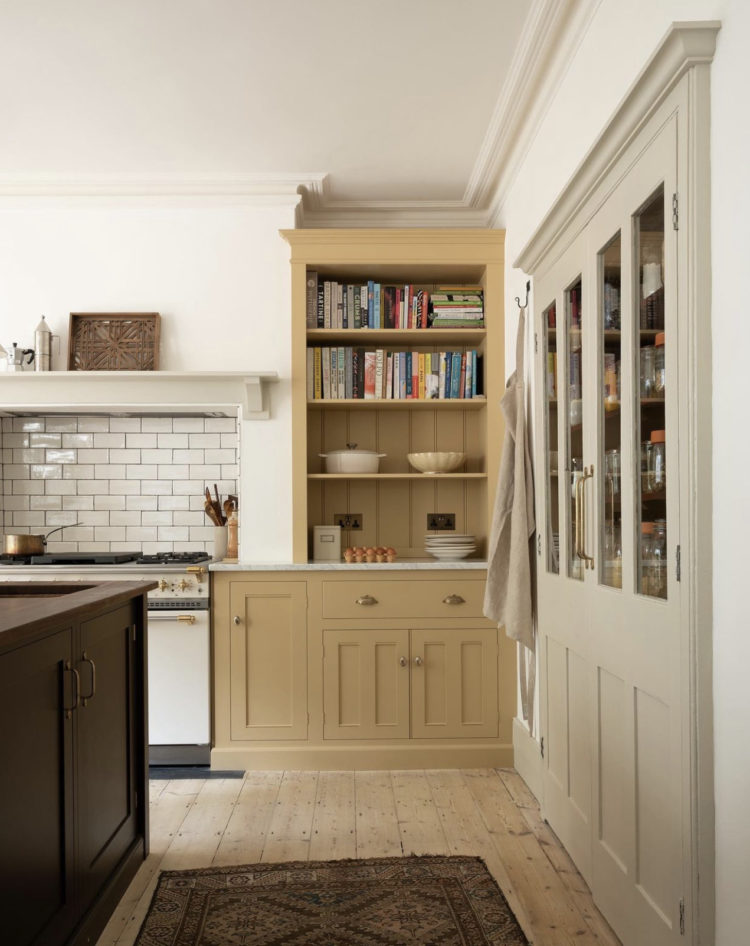
It starts by assigning every single square a unique name made up of three words. All the sequences and their assigned location on the map are stored on what3words servers. You can immediately access any of them by typing either the three words or the traditional address of the location.
It’s available in 193 countries around the world and more than 45 languages and while English maps use around 40,000 words, with unique names for sea and land, other languages apparently use around 25,00 words. Neither are the translations aren’t direct as that can give rise to unfortunate juxtapositions or two words instead of one.
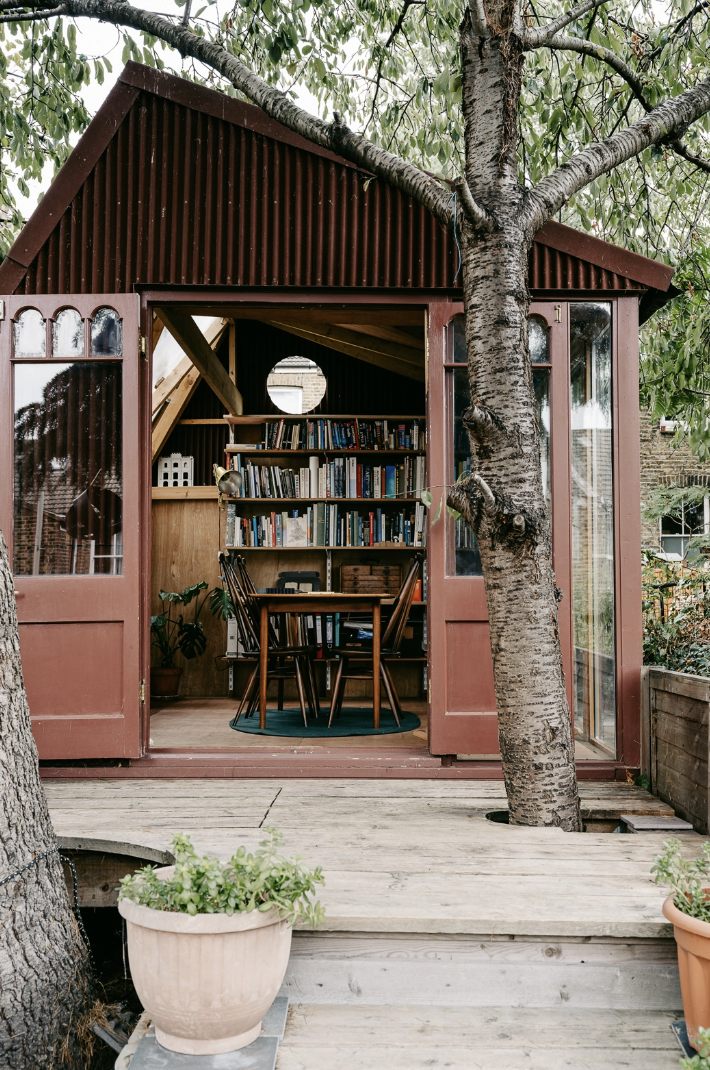
Anyway, it’s fun to play with the words and see how they might change from the front to the back of the house. From the loft to the basement and even the garden.
I was thinking of it the other day when I suggested you come up with a list of words to help you find your own interior design style.
Years ago I consulted for a client in west London who wanted help with the finishing touches for her house. We spent the morning together discussing the details and she later emailed to say she was a little disappointed. My heart sank.
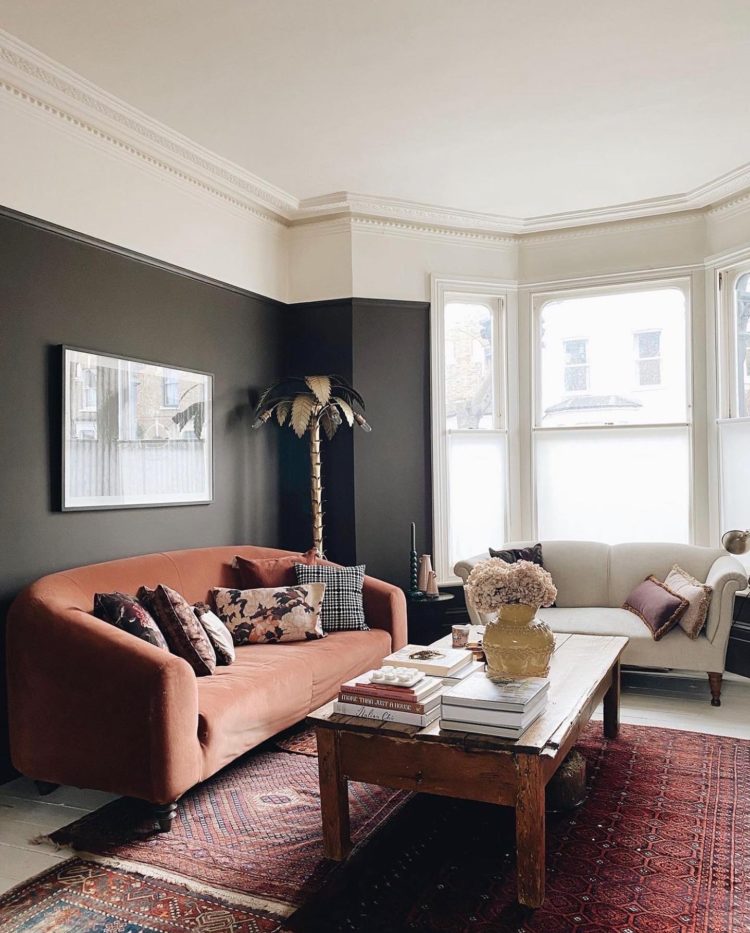
She was, she wrote, happy with the ideas, with the colours, the general feeling of the rooms we had looked at. But she didn’t know how to shop for individual pieces because I hadn’t named her style.
My heart bobbed back up again. Naming I can do. So I thought about it and I wrote back: your style is relaxed, modern, industrial. And with those three words she was happy.
It’s true that we like names for things. We might not wish to be labelled ourselves, but in these days of online shopping it certainly makes it easier to narrow down what you want if you can apply some words to it – filters if you like.
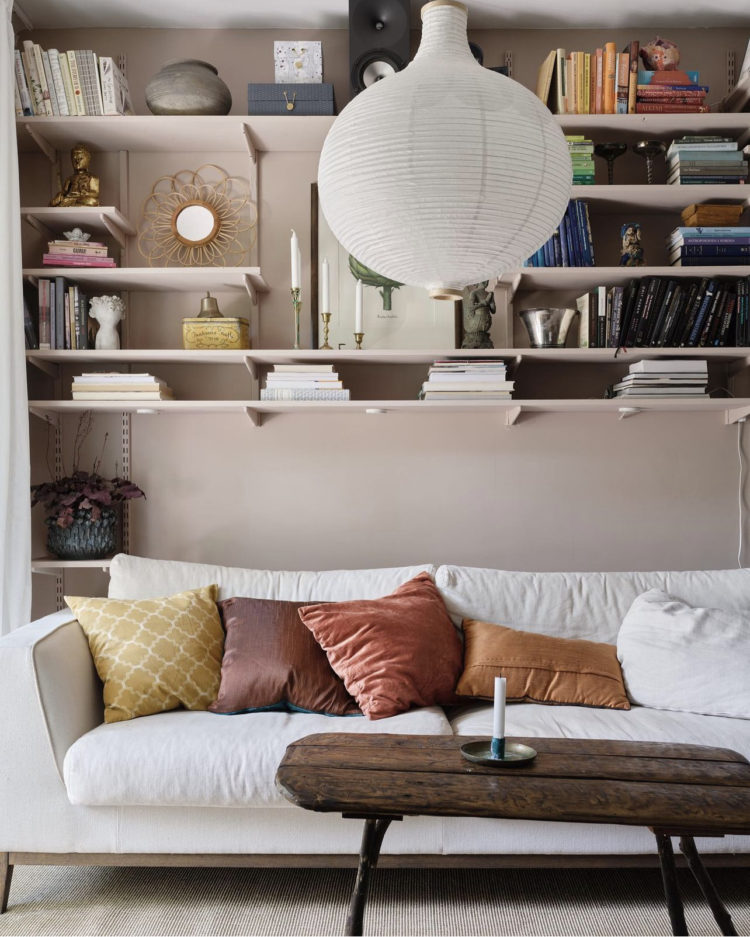
So I started thinking, as readers of Monday’s post will remember, to what words I would like to describe my own interior design style. It’s a useful exercise for all of us as it immediately narrows down the choices and while you might feel that’s a bad thing, the internet is too big to manage without filters.
I am, for example, starting to look for material for my sitting room windows. I know roughly the colours I want (no blue) the pattern (no geometric as I have wavy stripes planned for the sofa) so that immediately reduces my hunt from about 326 pages to a mere 127. I need to refine a little more.
That was also, you might recall, the basis on which I set up Design Storey Shop. The idea being that I would find the 50 best of any given item and explain why it was worth the investment and the different ways in which you might style and use it to make it last longer and give you more use.

But, as prolific as I am, even I can’t filter the entire internet to suit every single one of you, so it’s time for you to come up with your own What Three Words. Only let’s say 10-15 is better.
You need a few colours, you need to include the mood of the room you want to decorate, your favourite spaces (urban or rural, beach or mountain) which might lead to a season and the colours or mood that throws up. Add in a few shapes and perhaps a few style words – antique or modern, Boho or Scandi, matching or collections?
You can use Instagram and Pinterest to help you with this – look at rooms that please you and make a note of the words that come to mind.
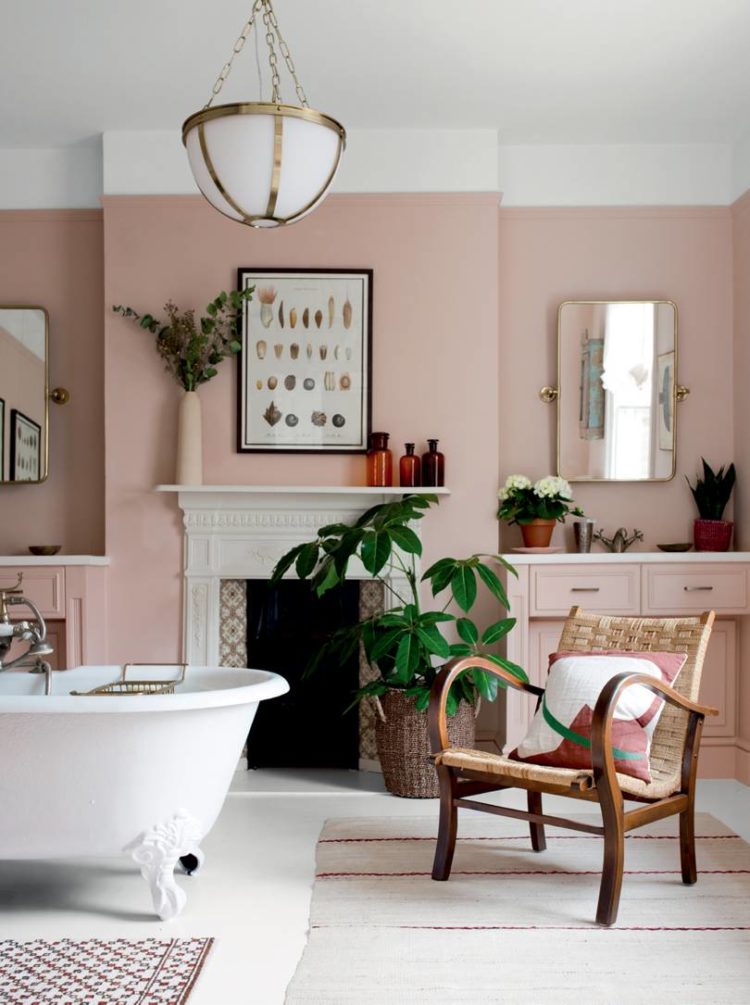
Once you have this list you can start to shop for colours, paints, fabrics and textiles. It will, of course, vary from room to room, but the core list will probably remain.
So I’m cream, bitter chocolate, vintage roses, urban, mountains, autumn, secure, cosy, efficient, curves, edge, antiques.
Those words immediately give you a colour palette and a sense of pattern, texture and materials. They have helped me to refine the mood I am trying to create and now, when I look at fabrics and surfaces, I can immediately decide if they are evoking the overall mood I need.
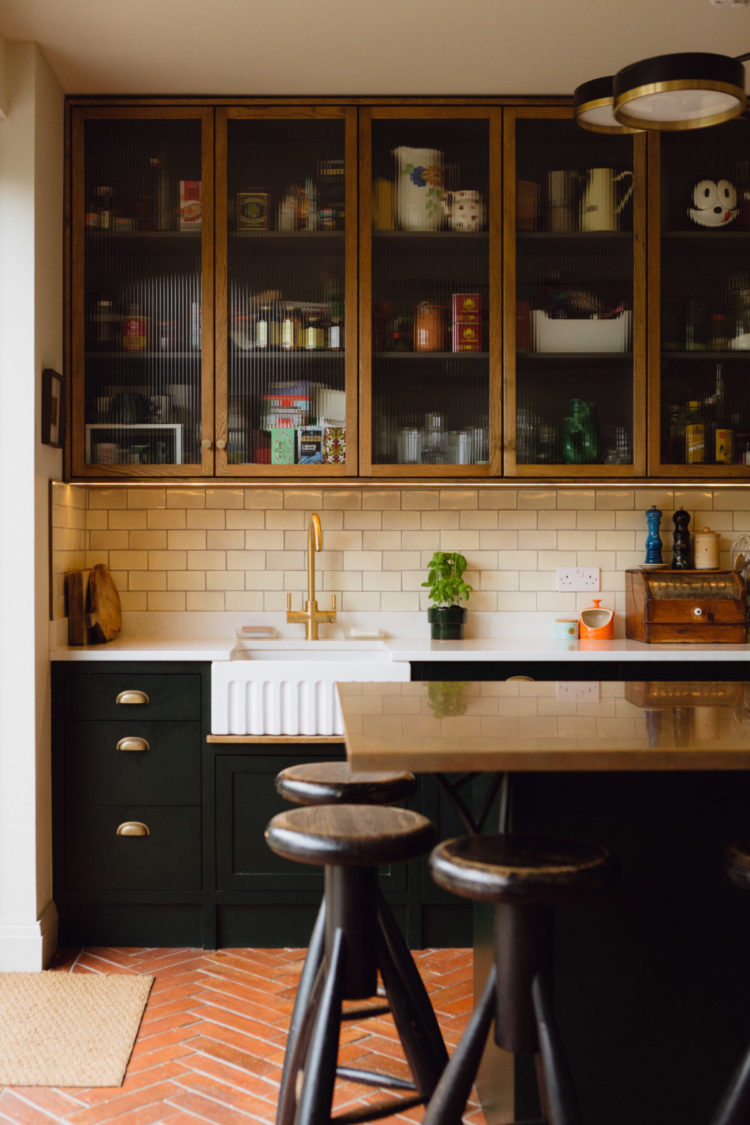
I have, for example, realised that if I tick botanicals when it comes to florals that I am immediately ruling out woodland and wildlife. I do not want squirrels rampaging across my windows and pigeons nesting in my pelmets. There isn’t always an exact filter for that, but it means I can slide straight past when they pop up – even if the design is pretty from a distance I know that once I see the animal it’s not what I want.
You can, of course, also create a secondary list of all the banned words/styles which will also help you to focus. I always think if you are stuck working out what you want then try writing down what you know you don’t want. That can lead the brain in a more focused direction.

My house? Well as I said on Monday I want this (a Victorian worker’s terrace) to be cosy but also a bit cool. I want it to be pretty but not floral. It must have natural textures and a variety of materials both hard and soft. There must always be contrast so for every metallic a velvet, for every wood a linen. And it must feel comfortable and relaxed with, crucially, a story or focal point in every room. My colours are always muted and tonal and I need only to decide how much of each in what quantities I will need.
So this house will be rich in soft tonal colours with nothing too high contrast (the black and white tiled hall floor is going for example – to be replaced with dark wooden floorboards). There will be books, which means shelves, for cosiness and also for the stories and focal points they bring to a room. But the hard boards will be softened with rugs. The metallics will be aged and while I’m not a maximalist, there will be collections of things. I also like efficiency – so storage is key for me. I want to be able to put away the things I don’t need to see and leave a clear space around the objects I do want on show.
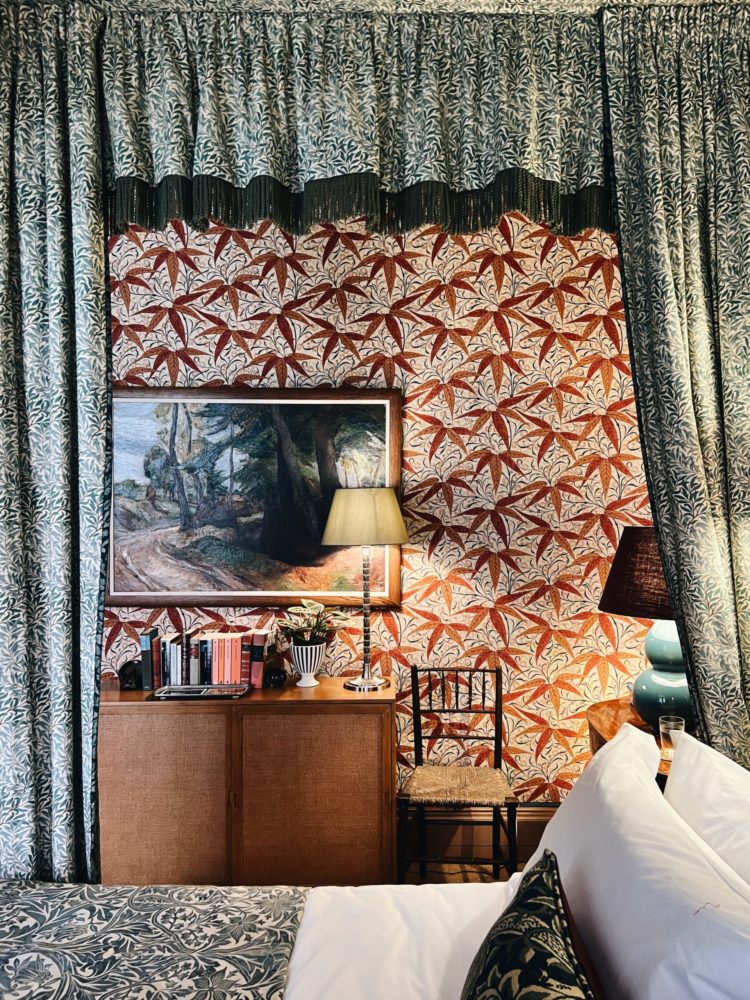
On the banned list then are bright colours and geometric patterns. I don’t want modern oak furniture and shiny surfaces. Minimalism is out.
Your list will be completely different. While everyone needs storage, some like it open as display and some like to keep things behind closed doors. My banned words might be your dream look. Whatever your style and however you find it, start by making your list and then apply it to some rooms and see if you have narrowed down your choices to something that feels more manageable.
I’m off to filter out some fabric for my curtains.





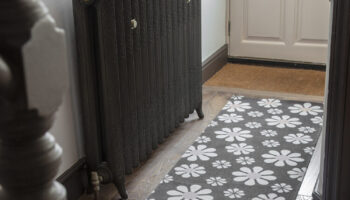
Useful suggestion here, sometime we don’t know where to start from the beginning to do something, but in the article, it is easy to understand for the best choice.
While I work in the interiors industry (not a designer though) and spend my whole life helping others with theirs, my own is often an anathema to me, I don’t understand why 3 of my bedrooms are blue when I don’t like blue that much and why my interiors are so traditional and yet I like contemporary and clean (can’t actually live that way though), and maximalism and dopamine living – which I can’t seem to do in my own home at all. I love bright colours yet I have very muted and dark tones in my home: so what I think I like must be subsumed by what I know I can live with…maybe????
Well done!! Thank you dear for sharing this lovely post regarding home decor, I like your tips.
Love this! Such a clever way to focus on what we really want and narrow down searches on the ever expanding web. Thank you.
Maybe I should start to hone it down just like you have suggested in the article – I ask my customers to do this often but don’t do it for myself
Wow, this post is brilliant! As someone who has moved a lot, and is currently sitting in the latest home not knowing where to start, you have given me some incredibly useful information.
I do love that kitchen shot. I haven’t seen a tile splashback with the upstand before, but it really works. And the slim profile on the glass cupboard door frames is lovely. I’m planning my new kitchen – can you please do a post on cooker hoods? Why are they all so ugly?!!
I so enjoyed this post. It was very helpfu!
Brilliant post. Very useful! Thank you so much.
Great post and very useful .
Another reason to follow you we share the same words !
Don’t forget “something new, something old, something black, and something gold” and “disrupters”! Cheers from Canada!
Brilliant post. It’s as if defining the words gives birth to the mood boards we all feel within us. Very helpful concept. Reminds me of the 80s. My best friend and I called ourselves DINKY SPOOLAS. This stood for Double Income, No Kids Yet, Stripped Pine, Olive Oil, Laura Ashley. It did the very thing you speak of- thank goodness she and I have moved on a bit now.
Thank you for this, Cynthia. Your description brought back an era and social class to mind, and your term a smile to my face!